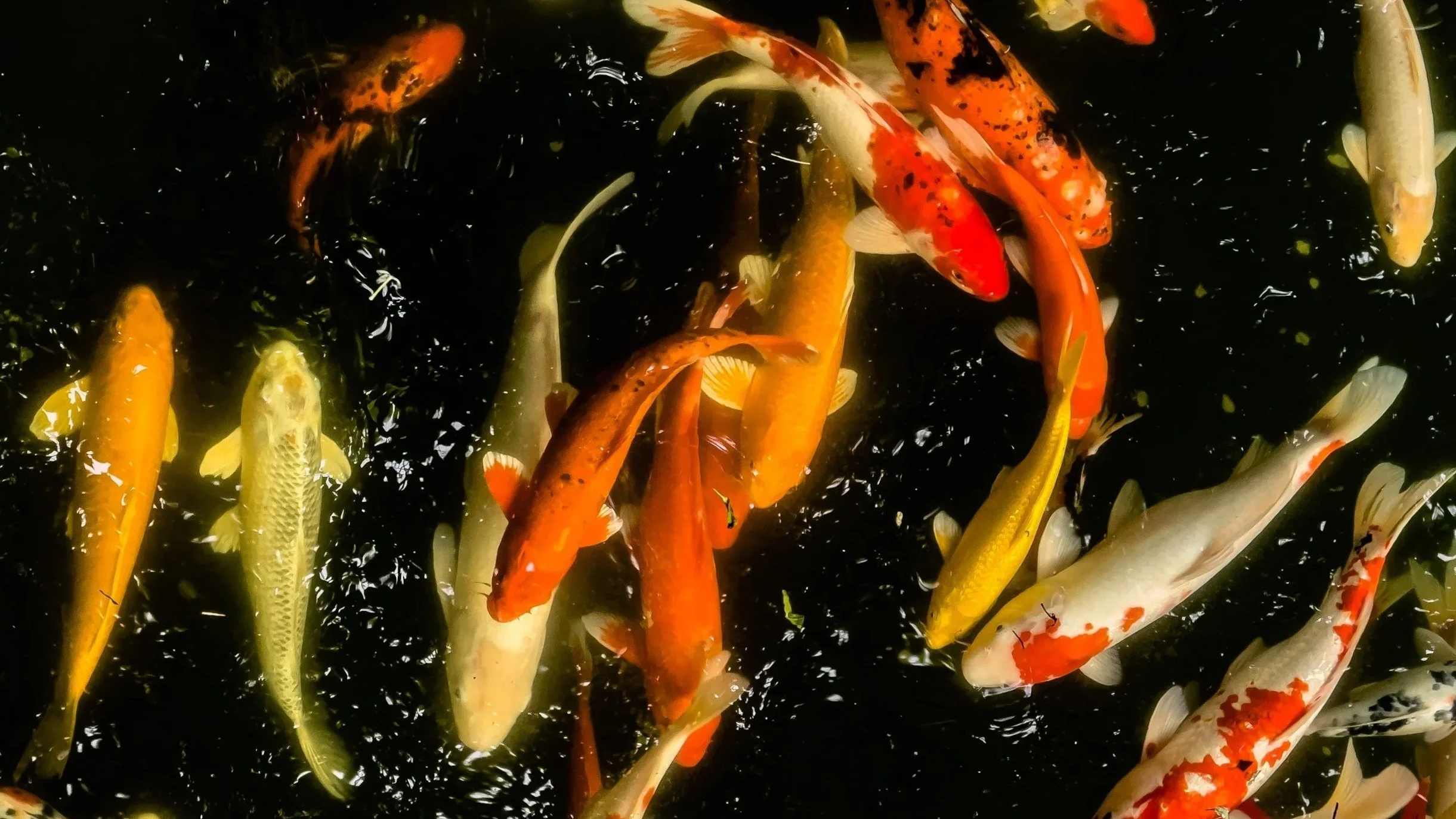Helping Your Koi Settle In: Acclimation Guide
Your koi have just completed a big journey—bagged, boxed, and shipped with care from our farm to your pond. It’s a lot for them! To help your koi make a smooth and stress-free transition into their new home, here’s how Robert does acclimation at the farm—and what we recommend for you too.
We keep it simple, honest, and caring—just like everything we do at Robert’s Koi Farm.
🐟 Why Acclimation Matters
Whether you are receiving Japanese koi for sale in Ontario or British Columbia, the acclimation remains the same. When koi are shipped, the water in their bag gradually changes—temperature drops, pH shifts, and oxygen decreases. Simply opening the bag and releasing them into the pond can shock their system. That shock can cause stress, immune suppression, flashing, or even death in extreme cases.
That’s why it’s so important to gradually equalize temperature and water chemistry between the bag and your pond.
📋 Robert’s Step-by-Step Koi Acclimation Process
1. Float the bag (15–45 minutes)
Place the sealed bag directly on the surface of your pond. This allows the temperature inside the bag to match the pond water.
💡 Depending on the temperature difference, this might take longer than 15 minutes—up to 45 minutes is okay if the bag stays sealed and out of direct sun.
2. Add pond water to the bag (in stages)
Unseal the bag and gently add about 25% pond water into the bag. This helps the koi slowly adjust to pH and water chemistry changes. If the koi are large or it’s a hot day, adding an air stone into the bag is a good idea.
3. Wait 15 minutes, then repeat
Add another 25% pond water into the bag. Wait again. Do this twice, so your koi are now floating in a 50/50 mix.
4. Transfer the koi—without the bag water
After waiting another 15 minutes, gently net or scoop the koi out of the bag (we prefer a koi sock or your hands). Place them into the pond without pouring in the bag water—this helps prevent introducing any waste or ammonia that may have built up during shipping.
📎 A Few Extra Tips
Check water parameters before release if possible. A big jump in pH (more than 0.3) or temperature (more than 3–4°C) can cause harm.
Avoid direct sun or wind during acclimation, especially in hot or cold weather.
If you’re adding salt to your pond, do it after the koi are acclimated and have settled in.
Watch your koi for the next 24 hours. A little hiding is normal, but flashing or erratic behavior may signal stress.
A Note from Robert
“I treat every fish like it’s going into my own pond. I never rush this step. Acclimating koi properly helps them stay healthy long after they leave the farm.” — Robert
🙏 Thank You for Choosing Robert’s Koi Farm
We're so glad to be a part of your pond journey. If you have questions or need help, please don’t hesitate to reach out. We’re always here to support you and your fish.
📍 Robert’s Koi Farm – Fort Langley, BC
Healthy koi raised in natural clay mud ponds.
📦 Shipping available across Canada

